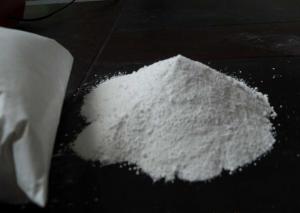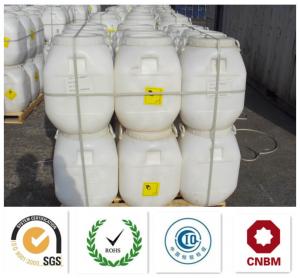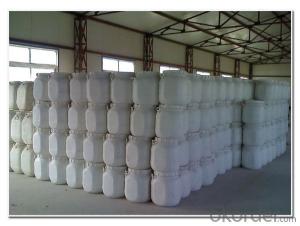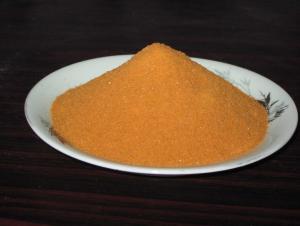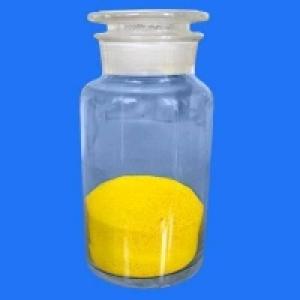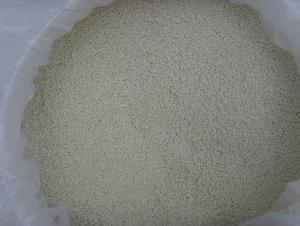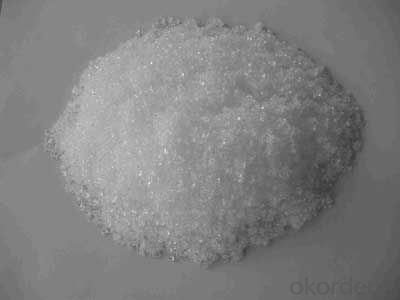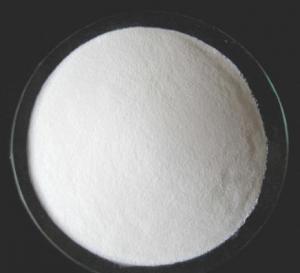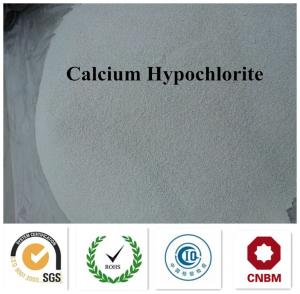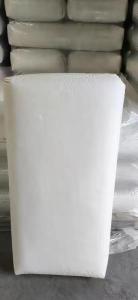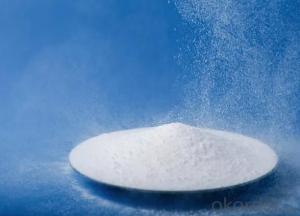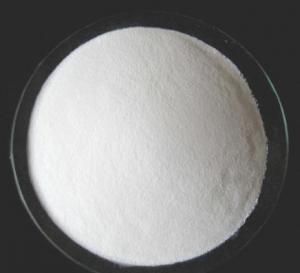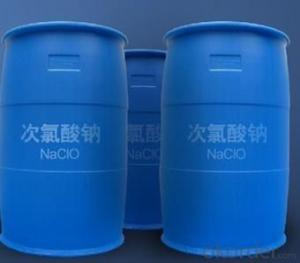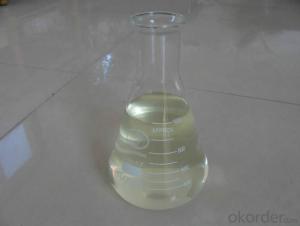Calcium Nitrate Inorganic Salt Construction Chemical
- Loading Port:
- China main port
- Payment Terms:
- TT OR LC
- Min Order Qty:
- 1000 kg
- Supply Capability:
- 500000 kg/month
OKorder Service Pledge
OKorder Financial Service
You Might Also Like
| Calcium nitrate inorganic salt |
Description: Technical standard : Q/140706CSC002-2005 Molecular Formula:Ca(NO3)2.4H2O Colorless transparent crystal,soluble in water, methanol, ethanol, in the air easily flows angle, is the oxidant, the case of organic compounds, sulfur combustion and explosion that occurred. Physicochemical Properties: Calcium nitrate tetrahydrate is a white columnar shape crystal of monoclinic system. A crystallographic form. Specific Density: 1.895. It decomposes at 132°C. The p roduct is apt to dissolve in water, methanol, ethanol, acetone. Not dissolve in nitric acid. The calciu m nitrate is used as an oxidizer. It will burn once in contact with easy combustion things. It has a pro perty of rot ,and it can burn our skin.
Calcium nitrate mainly used in refrigerants, rubber coagulant, is also used in pyrotechnics, tubes, available fertilizer.
Package avoid moisture,seal, shall not organic matter, sulfur mixed storage. storage process to prevent rain and sun exposure.
25/50KGwoven bags or packed according to the requirements of customers..
ItemIndexIndustrial GradeAgricultural Grade content≥99.0%≥99.0%PH value5.0-7.05.0-7.0Heavy metal≤0.0005%≤0.001%Water insoluble≤0.01%≤0.02%Sulphate≤0.02%≤0.02%Iron≤0.002%≤0.01%Chlorites≤0.005%≤0.005%Calcium oxides content(CaO)---≥23.0% content(N)---≥11.7% FAQ 1.Q: What is MOQ? A: Our MOQ is 1 TON. 2.Q: Could you offer free sample? A: We can provide free samples to you for quality testing. 3.Q: What about your packing? A: For liquid: Flexitank, or IBC tank 1000L For powder:Woven fabric bag with plastic film liner( 25kg or 1000kg) Clients’ packing is workable. 4.Q: How about your productive capacity? A: 150000 tons/Year. 5.Q: What is your delivery time? A: Within 7 days after received deposit or L/C at sight. |
- Q:are there any other foods than water and salt that have an abiotic origin (lifeless, inorganic)?
- Various minerals we need, like iron, zinc, magnesium, etc. That's it. These also are not technically foods, as the first poster said.
- Q:After running the training is best to drink what drinks add inorganic salt
- C100 ah
- Q:What are the nutritional requirements for bacterial growth?
- For water: the nutrients required for bacteria must be dissolved in water, nutrient absorption and metabolism are required to carry out water.
- Q:Please tell in your own language how water and inorganic salts are transported from the soil to the leaves.
- The roots of plants are usually divided into roots, roots, roots, roots (roots, roots and roots) for the absorption of roots, the absorption of roots from the soil to absorb water and inorganic salts, through the transport organization to reach the xylem catheter, through the catheter To the various organs of the plant (including leaves). The effect of the absorption of roots through the semipermeable membrane of the role of penetration, that is, the concentration inside and outside the cell membrane is poor. Transpiration can provide transport power for the transport tissue, like a pump to the water and water carrying inorganic salts to the top of the plant. Or first through the root absorption, and then through to the transport.
- Q:Are plants absorbing water and inorganic salts only through root tip or wrong? The
- Plants through the leaves can also absorb water and inorganic salts, but the root tip is the main part of the plant to absorb water and inorganic salts.
- Q:Is urea an inorganic salt?
- Is not organic matter ah inorganic salts are present in the body and food minerals in the mineral, composed of organic matter and inorganic synthesis of the human body has been found to have more than 20 kinds of essential inorganic salts, about 4 to 5% of body weight. More (> 5g) for calcium, phosphorus, potassium, sodium, chlorine, magnesium, sulfur seven; daily dietary requirements are more than 100mg, known as constant elements. Other low content, with the modern analysis of technological progress Iron, copper, zinc, manganese, cobalt, molybdenum, selenium, chromium, nickel, silicon, fluorine, vanadium and other elements were found by atomic absorption spectroscopy, neutron activation, plasma emission spectroscopy and other trace analysis methods. But also the human body is necessary, the daily dietary requirements for the amount of μg ~ mg called trace elements.
- Q:What is the physiological function of inorganic calcium
- Maintain cell osmotic pressure and acid-base balance
- Q:Are fruits and vegetables inactive?
- Inorganic salts are inorganic compounds in the salt, formerly known as minerals, the body has found more than 20 species, including constant elements of iron, zinc, selenium, molybdenum, chromium, cobalt, iodine 8. Apple, pipa, durian, citrus, Watermelon, kumquat, peanuts, I know so much. Oh, there are: lotus lotus which contain inorganic salts
- Q:Which solvents have some solubility in inorganic salts
- A wide variety of dyes, dissolved complex. The original dyes are organic, but some salt, some metal complexes, some of the larger molecules of the fused ring compounds, some polymer heterocyclic compounds, in some common organic solvents in the solubility is better than disperse dyes Raw dyes and oil-soluble dyes (this is actually the raw material of solvent pigments, strictly speaking, not dyes). There are basically additives in the finished dyes, such as direct dyes, acid dyes, reactive dyes, cationic dyes and other water-soluble dyes will be added inorganic salts, disperse dyes, reducing dyes will be added sulfonate sodium dispersant. In addition, the dye and other chemical products, their purity requirements are generally very low, will allow the presence of certain insoluble impurities. So the organic solvent can not be completely dissolved dye products really is very common or even a normal phenomenon.
- Q:ATP components are not inorganic salts
- Of course not pulling, because ATP is decomposed by glucose to get energy that is ATP and salt and water.
1. Manufacturer Overview |
|
|---|---|
| Location | |
| Year Established | |
| Annual Output Value | |
| Main Markets | |
| Company Certifications | |
2. Manufacturer Certificates |
|
|---|---|
| a) Certification Name | |
| Range | |
| Reference | |
| Validity Period | |
3. Manufacturer Capability |
|
|---|---|
| a)Trade Capacity | |
| Nearest Port | |
| Export Percentage | |
| No.of Employees in Trade Department | |
| Language Spoken: | |
| b)Factory Information | |
| Factory Size: | |
| No. of Production Lines | |
| Contract Manufacturing | |
| Product Price Range | |
Send your message to us
Calcium Nitrate Inorganic Salt Construction Chemical
- Loading Port:
- China main port
- Payment Terms:
- TT OR LC
- Min Order Qty:
- 1000 kg
- Supply Capability:
- 500000 kg/month
OKorder Service Pledge
OKorder Financial Service
Similar products
New products
Hot products
Hot Searches
Related keywords




